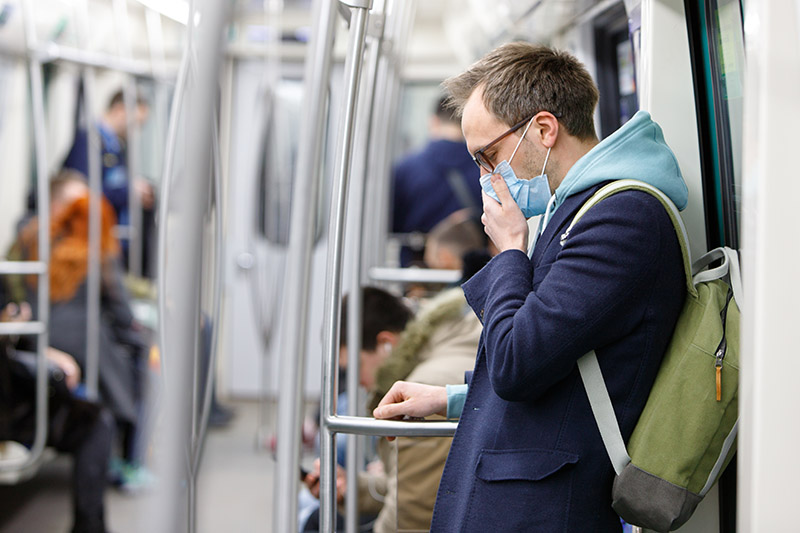(Bloomberg) -- Europe is slowly waking up from its forced hibernation to contain the coronavirus.
Figures on movement, restaurant bookings and energy consumption show the pickup in activity as governments ease back on some of the restrictions they’ve imposed over the past two months.
The movement isn’t uniform, with some countries moving more slowly than others, and the region’s economy remains far from full speed. Schools, for example, have opened in some countries but not in others, and it’s a similar situation for bars and restaurants.
But it’s a start, after weeks of lockdown, and high frequency data sources are capturing some of the changes taking place across Europe.
Many countries restricted people’s movement -- one hour of exercise close to the home, plus essential shopping only, for example. That clampdown is clearly reflected in Apple (NASDAQ:AAPL) mobility data, which shows a sharp drop in March. Now, those readings are starting to rise again, as people are allowed to travel more freely, some stores reopen and people return to work. Austria was among the first to ease lockdown measures -- and it shows.
Countries have different timetables for restaurants and bars, particularly because it can be hard to adhere to social distancing advice in such places.
Germany allowed restaurants to throw open their doors again last week, and patrons are returning. According to data from booking website OpenTable, the year-on-year drop in reservations has eased to less than 80% from 100% at the start of the month. Many people may remain cautious given that the virus is still a risk, but for others, it’s a chance to get out after two months of home cooking and take-out.
In the U.K., the lockdown put the housing market into stasis. One measure of sales plunged to minus 92. The low during the financial crisis was just minus 55.
Now, with property viewings allowed again, prospective buyers and sellers who could do nothing but wait are jumping back in. Website Zoopla said traffic on its website is rising again, while hits on Rightmove (OTC:RTMVY) are also up.
Power demand is a key metric for tracking economic recovery across the region. In Italy, electricity demand is 3.4% higher since it began reopening on May 5. It was the worst affected country in Europe, with power use down as much as 28% during several weeks in April compared with a year earlier.
German demand has increased 4% since measures were eased on April 23. Here, the drop off was less marked with heavy industry that processes chemicals and steel able to continue operations. Britain has started to fall behind other nations with power demand yet to see much of a come back.
The labor market has taken the brunt of the economic fallout, with millions of people out of work or furloughed, and companies scaling back hiring plans. But job postings appear to have stabilized, and increased moderately in some cases. They are still far below the level at the start of the year.
Using data from the Oxford Covid-19 Government Response Tracker, Bjorn van Roye and Tom Orlik at Bloomberg Economics have investigated the relationship between lockdowns and the economy: on average a 10-point increase in lockdown stringency results in a 4% drop in activity. Yet the headline result masks differences between countries. In Spain and France, unit increases in the stringency of lockdown appear to have a larger impact on activity than in other parts of Europe.
Elasticity of Economic Activity to Lockdown Stringency
©2020 Bloomberg L.P.
